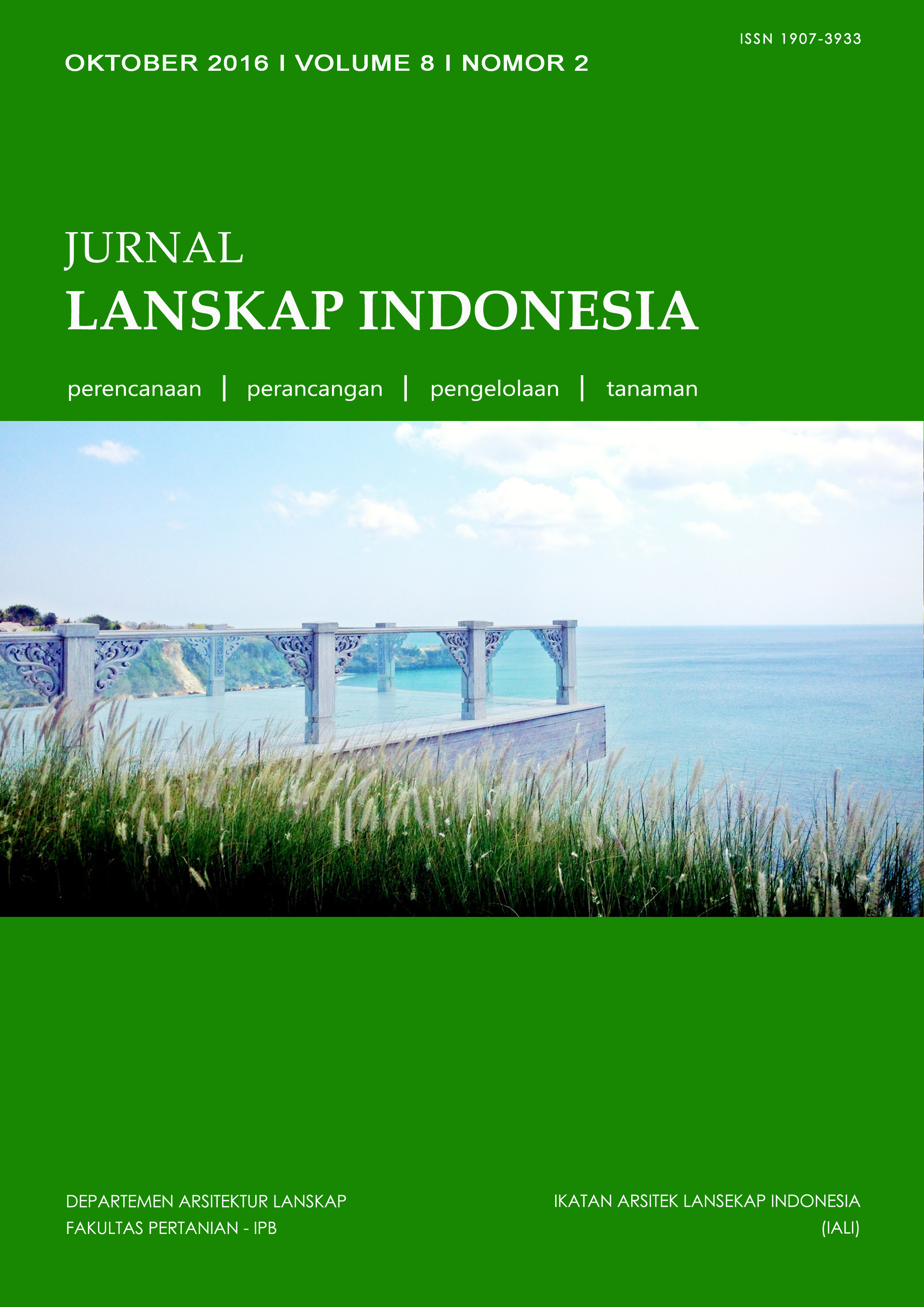EFEKTIFITAS VOID DAN TAMAN INTERIOR PADA KENYAMANAN TERMAL DI DALAM RUANG
Abstract
ABSTRACT
Comfort in a place is a dream shared by all people while doing all kinds of activities, consequently all the factors that promote comfort activity will be attempted to be met, such as sufficient space, adequate facilities, adequate lighting, comfortable aeration, safety, beauty, self-esteem and so forth.The concern of this study is how comfort can be achieved by combining natural factors with environmental factors such as plant-made form void (vertical openings) in the design of a simple house. Combination of the two factors is expected to increase comfort in the simple house, that is a change in thermal comfort factors such as the flow of wind speed, air humidity and air temperature in the room. The study was conducted as utilizing experimental method (experimental), is that creating two (2) rooms of the same size but with different treatment, one room (a) with voids and one other room (b) without voids.This study found that, 1). the existence of voids in a room are very significant in improving thermal comfort of the room, 2). the existence of plants as an element of the interior garden are less significant in improving thermal comfort of the room 3). the interaction between the void and garden does not make a significant contribution in improvingthe thermal comfort of the room. Provision of void in a room will increase the speed of air flow.This study provides voids and garden design solutions that can provide the convenience factor, especially the aeration of space by minimizing the use of artificial energy such as electricity and maximize the use of natural resources.
Downloads
This journal permits and encourages authors to post items submitted to the journal on personal websites or institutional repositories both prior to and after publication, while providing bibliographic details that credit, if applicable, its publication in this journal. However, after the article is submitted and published in this journal, it is fully copyrighted by the Jurnal Lanskap Indonesia or JLI. If excerpts from other copyrighted works are included, the author must obtain written permission from the copyright owner and give credit to the source in the article. Then, the writer or reader is allowed to copy, share, and redistribute articles/material in any form. But it must still include the appropriate source and credit because the article in this journal is licensed by Creative Commons Attribution 4.0 International License (CC BY 4.0).
I. Proposed Policy for Journals That Offer Open Access
Authors who publish with this journal agree to the following terms:
- Authors retain copyright and grant the journal right of first publication with the work simultaneously licensed under a Creative Commons Attribution License that allows others to share the work with an acknowledgement of the work's authorship and initial publication in this journal.
- Authors are able to enter into separate, additional contractual arrangements for the non-exclusive distribution of the journal's published version of the work (e.g., post it to an institutional repository or publish it in a book), with an acknowledgement of its initial publication in this journal.
- Authors are permitted and encouraged to post their work online (e.g., in institutional repositories or on their website) prior to and during the submission process, as it can lead to productive exchanges, as well as earlier and greater citation of published work (See The Effect of Open Access).
II. Proposed Policy for Journals That Offer Delayed Open Access
Authors who publish with this journal agree to the following terms:
- Authors retain copyright and grant the journal right of first publication, with the work after publication simultaneously licensed under a Creative Commons Attribution License that allows others to share the work with an acknowledgement of the work's authorship and initial publication in this journal.
- Authors are able to enter into separate, additional contractual arrangements for the non-exclusive distribution of the journal's published version of the work (e.g., post it to an institutional repository or publish it in a book), with an acknowledgement of its initial publication in this journal.
- Authors are permitted and encouraged to post their work online (e.g., in institutional repositories or on their website) prior to and during the submission process, as it can lead to productive exchanges, as well as earlier and greater citation of published work (See The Effect of Open Access).



























